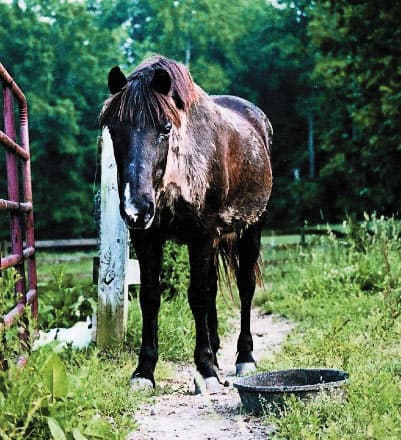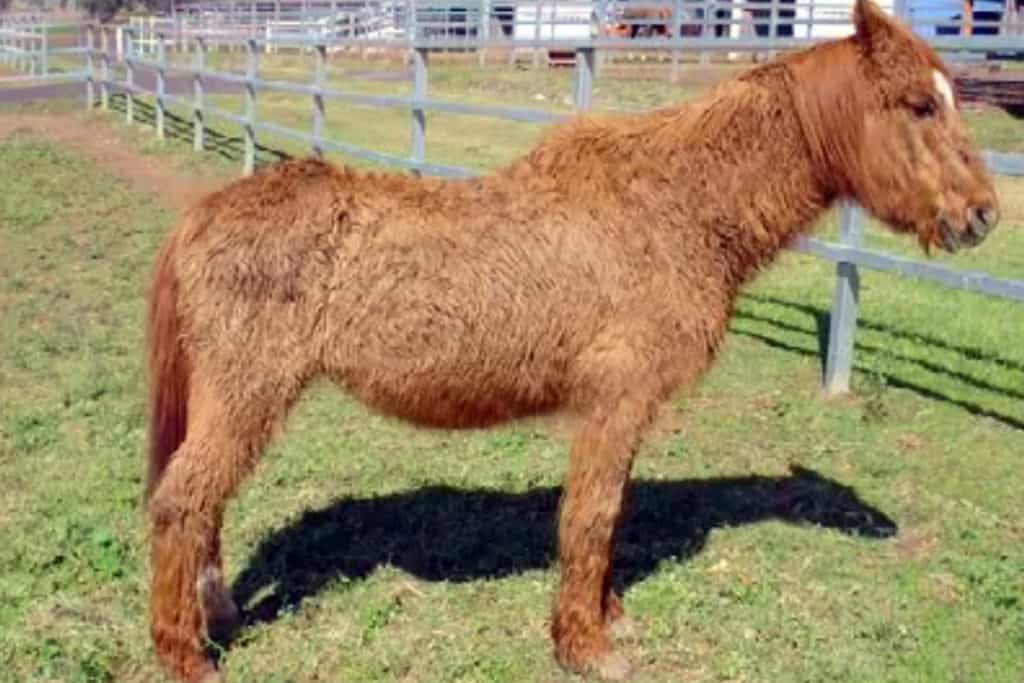
PPID Risk Factors in Horses Studied
Researchers evaluated the prevalence of and risk factors for pituitary pars intermedia dysfunction (PPID).
Information on pituitary pars intermedia dysfunction (PPID), also known as Cushing’s Disease in horses.

Researchers evaluated the prevalence of and risk factors for pituitary pars intermedia dysfunction (PPID).

Learn about the potential benefits of soaking your horse’s hay, methods for soaking, and what to do with the remaining liquid (hint: don’t use it to water plants) in this information packed fact sheet.

A two-tier series of tests can help equine practitioners confirm a PPID diagnosis, one veterinarian said.

Dr. Hal Schott describes some early clinical signs of PPID (pituitary pars intermedia dysfunction, or equine Cushing’s disease).

Dr. Stephen Reed recaps studies on endocrinology, neurologic and muscle disorders, foal health, and more.
The event will feature an educational speaker series for parents, novice horse owners, and advanced horsemen.
The lecture will focus on diagnosis and management of metabolic disorders, such as EMS and PPID.

Endocrinology researchers met to discuss equine metabolic syndrome (EMS) and equine Cushing’s disease (PPID).
The recording of TheHorse.com’s Ask the Vet LIVE event on equine Cushing’s disease (PPID) from Sept. 18, 2012.

Pituitary Pars Intermedia Dysfunction (PPID, or equine Cushing’s disease) is one of the most common endocrine disorders in horses and can cause secondary issues, including laminitis. But, proper supportive care can offer comfort to many PPID horses.
During this live event, our experts will answer your questions about caring for the Cushingoid horse.

Certain feeding strategies can help your horse weather equine Cushing’s disease.

Test for the common endocrine disorders Cushing’s disease and equine metabolic syndrome and treat accordingly.
The change comes several months after the FDA approved a pergolide mesylate tablet for use in horses.

A new FDA-approved Pergolide product offers options in the management of clinical signs associated with pituitary pars intermedia dysfunction (PPID), also known as equine Cushing’s disease.
The objective of the survey is to determine the prevalence of Cushing’s disease worldwide.
Stay on top of the most recent Horse Health news with
"*" indicates required fields